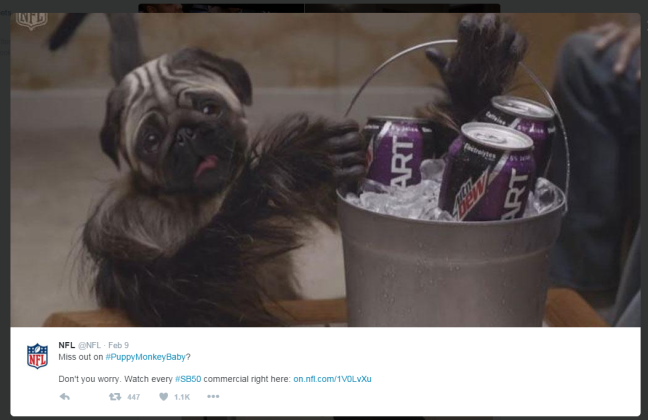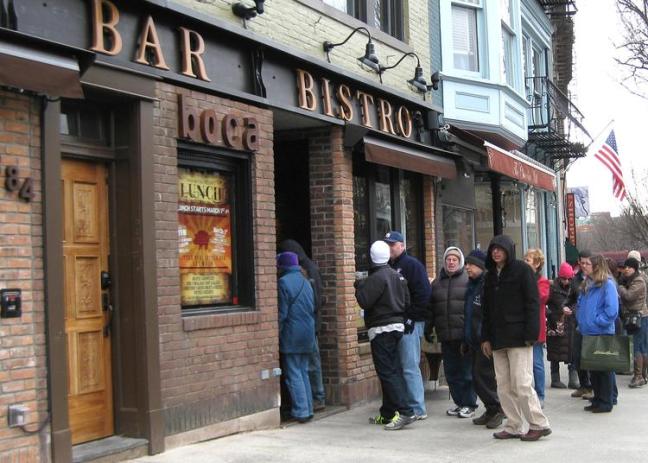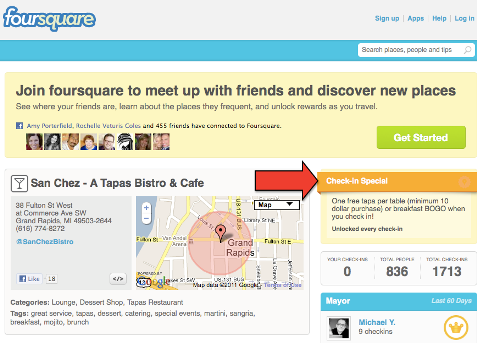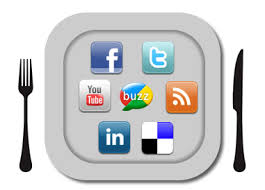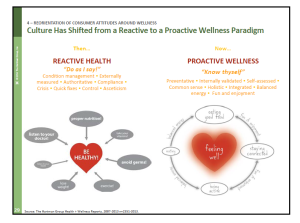
As social media landscape continues to change, brands need to focus on how consumers buy products and service. Consumers are now trusting reviews more so than brands themselves, “92 of consumers trust recommendations from other users even if they may not know them over the content that is generated by any given brand. This definitely shifts the balance of powers and has forced brands to soften the sales pitch and provide social media listening tactics or social media customer service. With social media marketing cementing itself permanently in our daily lives and becoming prominent resource in consumer activity changes must be made in order to generate leads” (Sela, 2016).
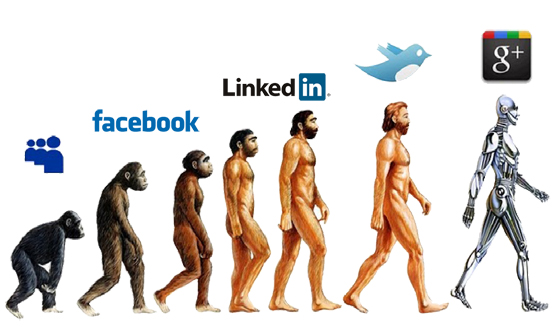
Now that mobile marketing is more acceptable and prevalent, social media landscapes need to adapt to this change and start using mobile marketing and social media to directly promote their brands to customers. When customers want to know about a product a service, they will most-likely use their smart phone to Google, Yelp, or use social media to find out more information on the brand rather than use their laptop or computer.

Companies now use social media as a way to engage and promote their brand. By using social media, brands can become transparent and create a culture to where people want to buy from them only (customer loyalty & reward programs). I believe engaging is more about changes in human behavior AND technology. We now want answers, right? Who wants to be ignored?

Traditional marketing can be a one-way conversation and most of the time, no one was heard. Now, everyone is heard and customers more than ever have the power. Before, power was in the hands of the brand. This created changes in human behavior. Technology being advanced as it is makes it more available.
The more user friendly platforms that are available, the more people will use them. “As a result most wouldn’t want to read stuff, instead they would want to view an image, which will take a minimum amount of time. If you include images to market your brand, it is a guarantee that you will be able to attract more people towards your brand since images tend to engage people more than text. Findings and Managerial Implications: After conducting extensive research, it was found that consumer’s inline ratings about goods (books; Amazon) or services (hotels) are not solely based on their experience with the particular brand but it is also dependent on other online ratings. Some companies reveal the demographic features of their goods/services while others hide the same. Whatever may be the case, know that this has a huge influence on a customer’s desire to purchase and see the value of the brand” (Carranza,2015).


